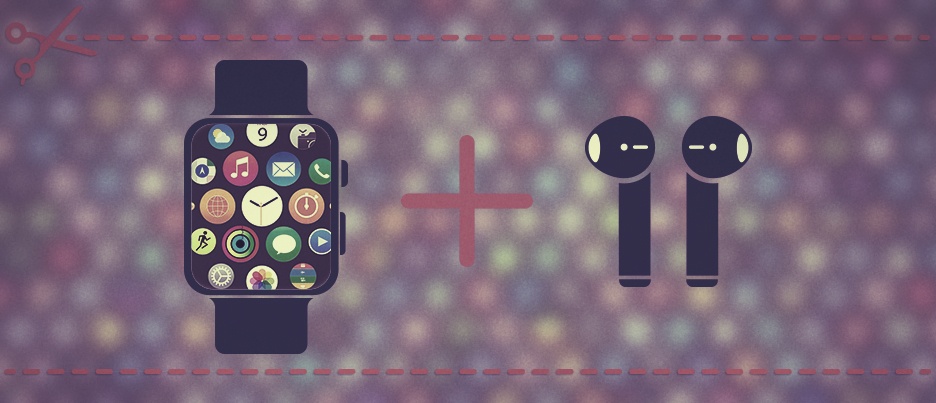Screen Cutting In A Connected World

I read the headline “Here’s What Happened When I Gave Up My Phone for the Week,” and immediately let out an audible groan. Having read several articles in the same vein, I expected another rant about how technology (primarily the smartphone) was ruining humankind. But, I read on. Refreshingly, this tech writer put down his iPhone and spent a day with only his Apple Watch (with cellular service) and AirPods (Apple’s wireless earbuds). Similar to the recent cord cutting movement, this screen cutting test teased the next trend in wearable tech.
The freedom from a phone screen sounds great on a personal level. The neck pain and eye strain are seemingly eliminated – not to mention the flexibility to look up and take in your surroundings, rather than passing time in public or before bed scrolling aimlessly through hordes of content. As wearable tech is about two years away from making this hands-free, limited screen setup a daily reality, brands will need to adapt to a major shift in media consumption and attention. Below, I hit a few starter strategies for this limited-screen world.
Podcasts
Podcasts have been on the rise for the last few years. Since 2013, the percentage of people who listen to podcasts has risen from 15% to 27% for males and 9% to 21% amongst females. Consumers crave the on-demand flexibility and wide variety of topics featured on these evolved radio shows. Brands have migrated to the podcast space in both paid and earned media, but the opportunities will only grow in the coming years. Rather than watching video or playing games on a smartphone screen, consumers will shift their attention to podcasts and auditory media as they spend their day sans phone screens. From guest interviews to sponsored content, the door is wide open for brands to get a word in on this rising conversation medium.
Voice
Voice assistants and internet of things (IoT) products hit the Christmas gift market this year. Google Home and Amazon Echo, in addition to the voice assistant capabilities of AirPods, mean that consumers will no longer need to manually use a phone to google search, turn off the lights or even order food. The opportunities to engage with a consumer through simple search are slashed. Instead, brands must streamline the consumer interaction in this voice environment. For example, Domino’s created a voice ordering feature in which users can simply say, “Order me a pizza from Domino’s.”
Experiential
Video has been the king of content as of late. As the personal tech market goes towards fewer screens, daily video consumption will take a hit. Brands need to realize that as consumers shed the screen in their daily routines, they’ll pick up hands-free cameras to document their experiences. Similar to the concept of Instagram and Snapchat stories, cameras like the Google Clip will make sharing daily experiences much easier (no phone required). What does all that that mean for brands? Consumer activations and experiential marketing will be key. Take a lead from Oreo’s real-time 3D cookie making stunt. Big or small, brands must give people an experience to share.
Video, social media and search will not disappear. Don’t worry. Internet media platforms are not concrete concepts. They are constantly evolving at a rapid rate to better fit the needs of consumers and their conversations. Brands must follow that attention and be prepared to serve up content tailored to each individual platform. As technology aims to boost the human experience, brands should seek to do the same.

